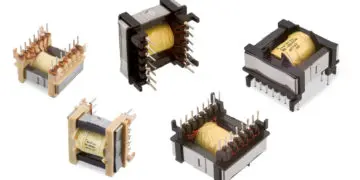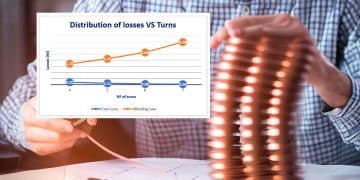Final Negotiations on Aluminum Capacitor Technology with Industry Highest Energy Density Set on Friday July 7th 2023
July 2023 deal structure update of VenusTX that has been available for acquisition since January 2023, but only as a company sale with transfer of all shares and all liabilities. On July Read the original post at Final Negotiations on Aluminum Capacitor Technology with Industry Highest Energy Density Set on Friday July 7th 2023

























